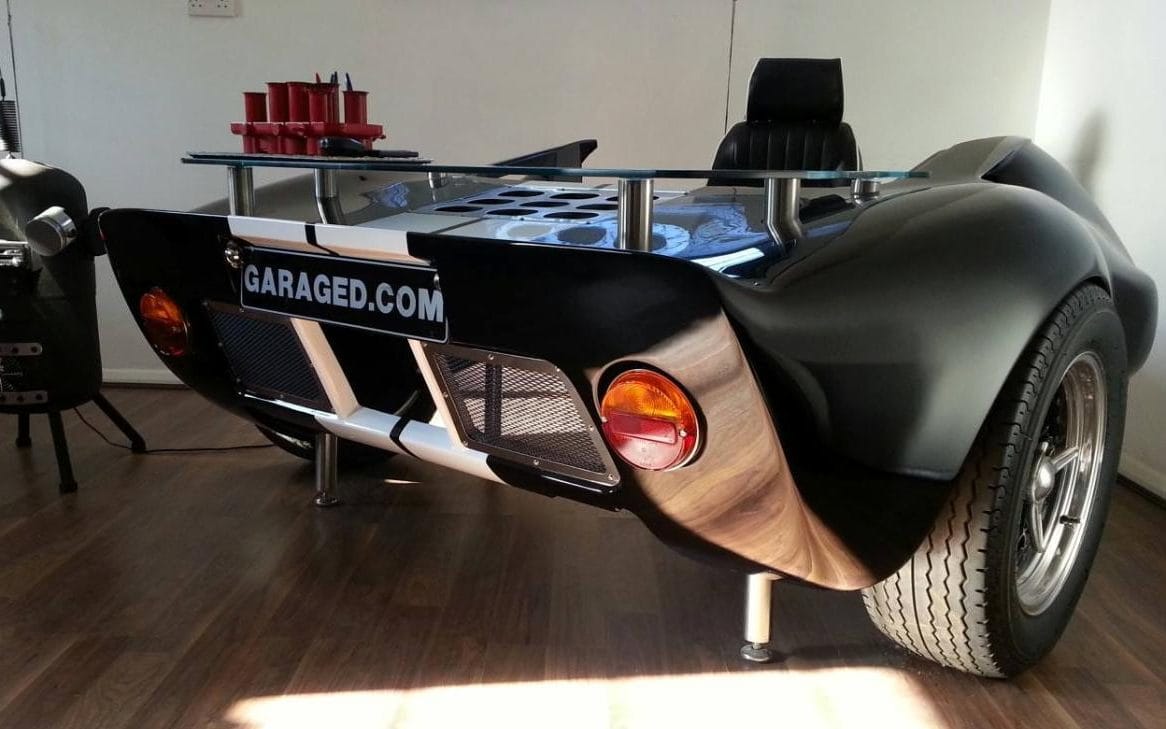Blog

7 Most Recycled Car Parts
Basic car maintenance frequently requires the removal and replacement of old or worn out parts. Parts damaged in accidents may also need replacing, or even entire cars if the damage is too extensive. Instead of tossing your used or broken car parts in the trash, or sending them away for safe disposal, consider whether or not they are recyclable.
Recycling reduces the amount of waste building up in landfills and harm to the earth’s environment. While cars already contribute to increased smog in crowded cities, some of their parts can be reused in other vehicles or repurposed for other tasks. Know how to make the most out of replacing a vehicle and its components by looking at the 6 most recyclable car parts.
1. Oil and Oil Filters
Improperly discarded motor oil leads to contaminated soil and water sources — and it’s reusable. Oil only gets dirty and never actually wears out. When replacing your oil, take your used oil to a collection center or auto shop that recycles its oil. The oil can be cleaned and reused as brand-new oil.
Additionally, oil filters can be recycled. Each filter contains approximately one pound of steel. If taken to a recycling center that accepts them, the filters are fully drained of excess oil and reused in steel manufacturing. Remember to place the used oil filter in a sealed plastic bag when giving it to an accepting collection center.
2. Auto Glass
Broken windshields often pile up in landfills across the United States because the glass component is sealed between two layers of protective plastic. However, technological developments have made it easier to remove the recyclable glass, and many windshield replacement companies partner with recycling centers to repurpose the glass. There are even companies aiming to reduce waste by specializing in automotive glass recycling.
Automotive glass is versatile. It can be transformed into fiberglass insulation, concrete blocks, glass bottles, floor tiles, counters, worktops, and jewelry. Even the plastic encasing the original glass can be repurposed as carpet glue and other applications.
3. Tires
Tires are nondegradable, so they take up a lot of space at dumping sites if they’re not recycled. Burning tires pollute the air with toxins and produce a flammable runoff. Tires removed in good condition can be reused on other vehicles or fixed up and made into brand new tires. Scrap dealers often see donated old tires as a valuable resource.
Tires that cannot be reused in any way can still be recycled and repurposed as fuel, artificial playground turf, and rubberized highway asphalt. Bring old tires to the nearest recycling center to combat the buildup of unnecessary waste.
4. Engine and Emission System Parts
Engines and several of their parts have great longevity and can be remanufactured after removal. Engines can be dismantled, cleaned, reconditioned, and sold again for use in future vehicles. Many mechanics will even rebuild damaged or discarded engines with advanced technology and materials to make them more efficient and environmentally friendly. These redone engines can yield a greener, low-cost solution to car engine replacement.
Though some parts remain specific to certain car models, spark plugs, transmissions, radiators, and catalytic converters can be highly valuable to manufacturers and have the potential for repurposing.
5. Scrap Metal
Metal is one of the easiest materials to recycle. A damaged or decommissioned car comes with aluminum rims, doors and door handles, side mirrors, headlight bezels, fenders, and steel wheels. Every metal part on your car can be melted down and turned into something else. Scrap yards will weigh and price a car based off of usability. Once specific parts are removed for recycling or other forms of disposal, what’s left of the vehicle will be crushed into unrecognizable metal cubes.
6. Plastic Components
Though you may not think of it right away, cars actually contain a significant amount of plastic. Everything from dashboards to gas tanks are often made from recyclable plastic material. Lights, bumpers, and other interior features can be separated from the rest of the car and shredded or melted for conversion into new products. Additionally, if they are still in good condition, they can be sold to certain repair shops as replacement pieces.
7. Batteries and Other Electronics
Car batteries and other electronics often contain lead and other chemicals that can contaminate the environment if dumped in a landfill. Many states require auto shops to send old batteries back to manufacturers or to recycling centers for safe disposal. For car owners, many states also promote a law that rewards people who exchange old batteries for a new one.
Many car batteries are in a good and fully reusable condition. If taken for recycling, the battery is put through a hammermill and broken into small pieces. These pieces flow to a container where the heavier materials, like lead, sink to the bottom for siphoning — leaving the plastic on top for removal. The plastic gets melted into pellets and sold to manufacturers to make into new battery cases. The lead is melted down and eventually repurposed as plates and other battery components. Old battery acid gets converted into sodium sulfate for use in detergent, glass, and textiles.
Posted on March 2019,26 // Author: Admin